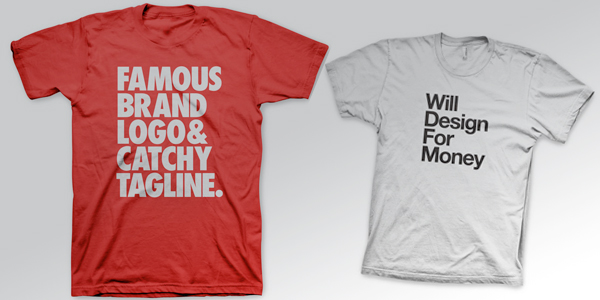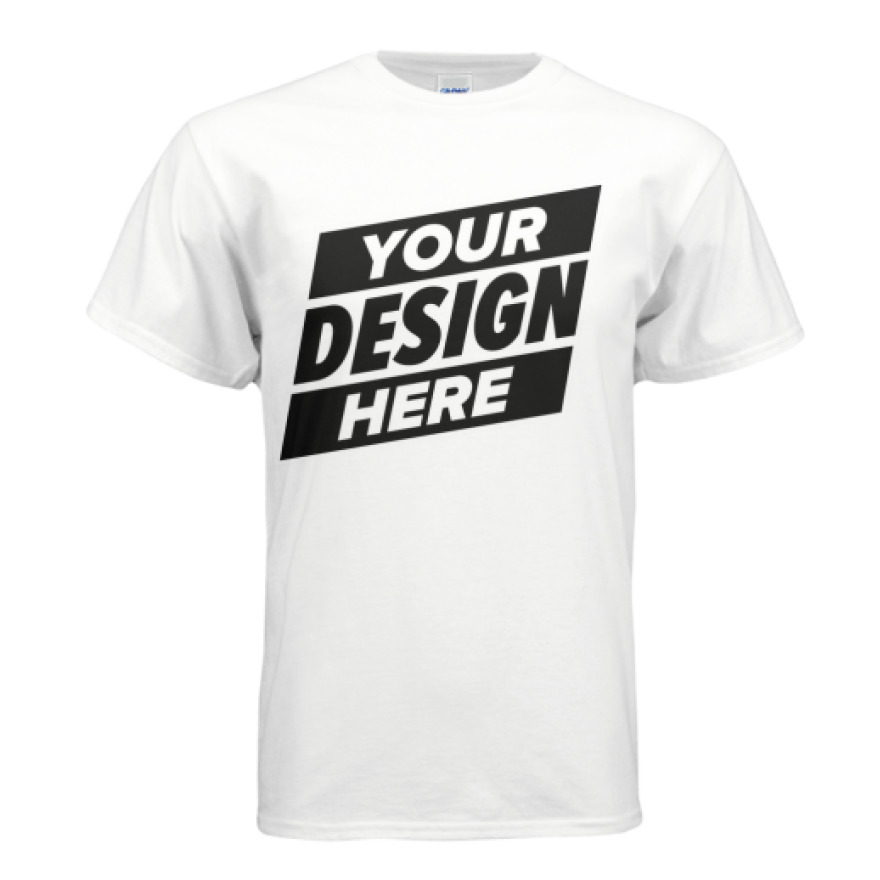
Basic Concepts of Design: Custom-made shirts Production Techniques
The printed shirts are favorite because these blouses can be combined with jeans, skirts, or any clothing. The messages and images on these shirts can also attract attention and serve as a unique form of expression. Thus, people began to use different methods for the production of these shirts in large quantities. Get more information about t-shirts with custom printing and the various techniques used in their manufacture.
 Embroidery
Embroidery
This is one of the oldest forms of printing on shirts. Embroidery involves the actual stitching of the patterns on the shirt with a needle and thread. This method is ideal for the production of small quantities. Those who use this technique must have a high artistic inclination to ensure a high-quality design. The embroidery is perfect for creating small designs, logos, and texts since it is difficult to sew large designs by hand.
Hand-painted
It is also one of the oldest forms of printing on shirts. Manufacturers must also possess artistic ability to create authentic designs. Despite work and time, hand painting is popular with many people. This is because to paint by hand you only need brushes or sprinklers, as well as a fabric dye. People can use a variety of paint application methods, such as brush, roller, sponge, or screen printing.
Heat transfer
This method uses heat and pressure to transfer patterns to custom designed logos and silk screen shirts. Manufacturers use iron fabrics and paper to make designs. The temperature of the iron allows the ink to adhere permanently to the shirt. The process also does not require manual painting or painting. However, the support paper is only suitable for one application. Wear white shirts to make patterns and intricate messages more obvious.
Screenshot
This method, also known as screen printing, provides a better design compared to other processes. However, screen printing requires a wood or aluminum template, a woven mesh, and a filler sheet to transfer the design. The mesh reliably supports the model, while the designer moves the full sheet to pump ink through the mesh. Screen printing is ideal for making a large number of shirts in a short period.
Digital printing
Some companies use digital printing for mass production. Unlike screen printing, this method only requires inkjet printers to transfer the patterns directly to the fabric. People can also create and customize designs on a computer. However, digital printing is more expensive than other methods, which makes it unsuitable for start-ups.
Vinyl print
An alternative to screen printing is vinyl printing. This method uses a computer to create and send a design to a vinyl plotter that prints an image on a plastic holder. Once the design is complete, the manufacturer uses heat and pressure to transfer the image to the fabric.
